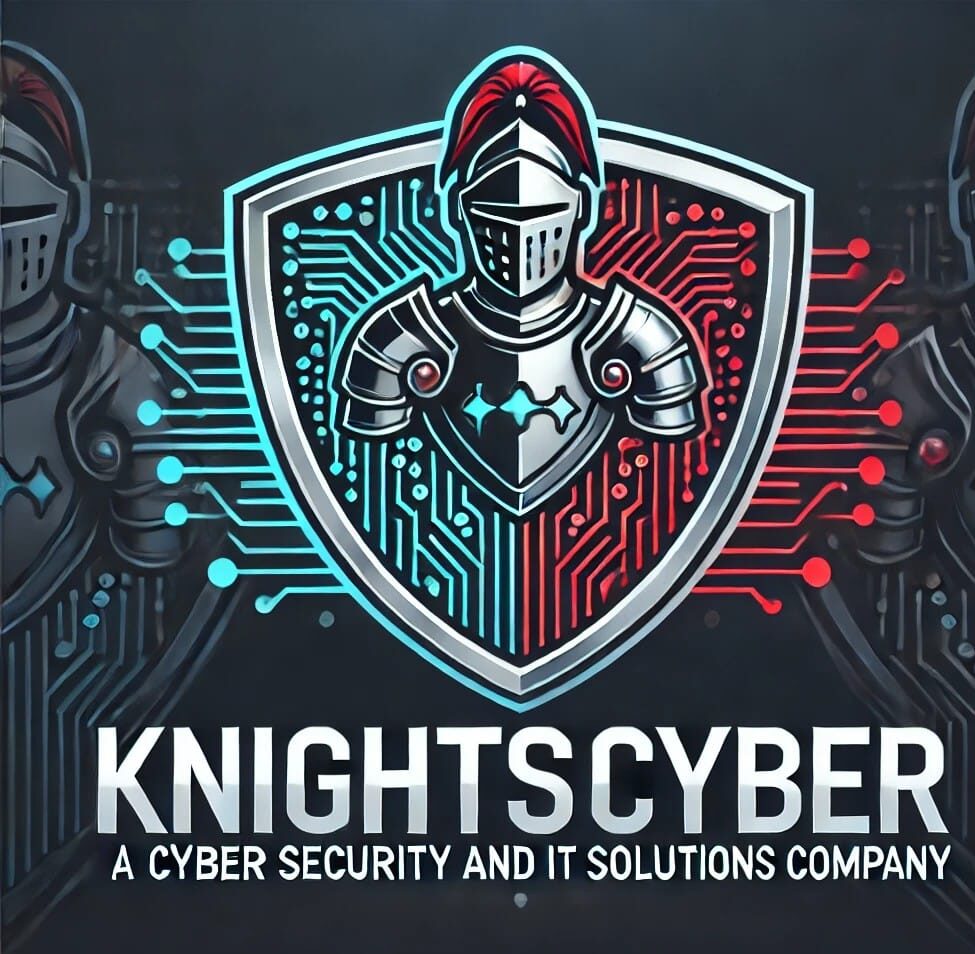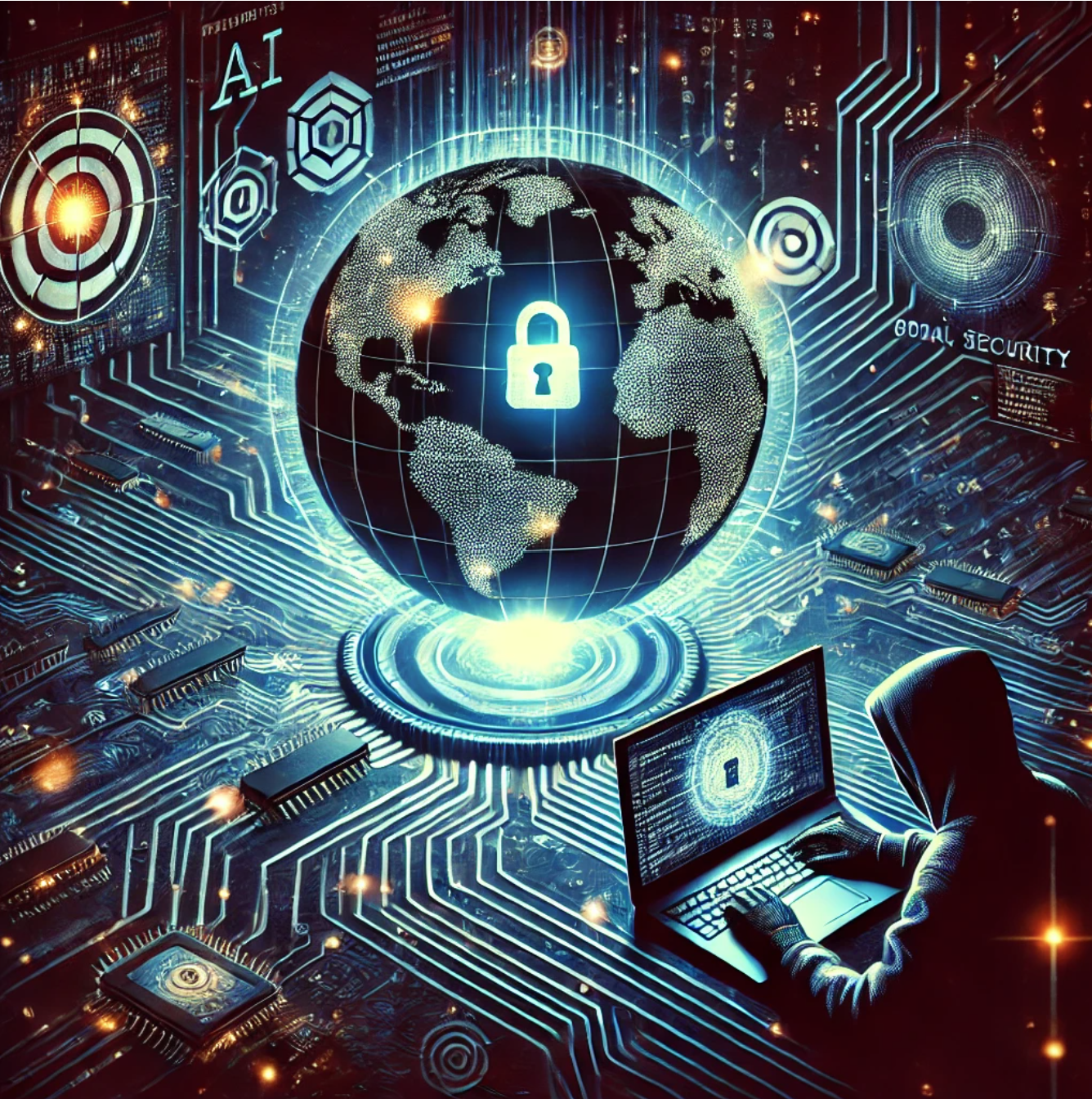The Growing Threat of AI-Driven Cyber Attacks on Global Security
Artifical Intelligence, CyberSecurity(Read Time: 7 minutes)
Introduction
In a rapidly digitizing world, artificial intelligence (AI) is becoming a double-edged sword in cybersecurity. While its integration promises enhanced defenses, recent warnings by Anthropic reveal urgent threats posed by AI-driven cyber attacks. These developments underscore a stark reality: AI’s capacity to automate and execute sophisticated cyber attacks could redefine global security.
AI’s Role in Cybersecurity
AI is widely recognized for its transformative power in cybersecurity. From real-time anomaly detection to thwarting new malware threats, AI-driven solutions have become critical components of modern defenses.
Benefits of AI in Cybersecurity
- Real-time Threat Detection: AI processes massive data quickly, identifying potential threats as they occur.
- Predictive Capabilities: Analyzing historical data allows AI to predict potential future attacks, helping organizations prepare.
- Improved Efficiency: AI-driven automation reduces human error, enabling faster and more accurate threat responses.
While these attributes make AI invaluable for defense, they also pose significant risks when exploited for malicious purposes.
The Rising Threat of AI-Enhanced Cyber Attacks
Anthropic’s warnings raise concerns over AI’s potential to autonomously conduct sophisticated cyber attacks, amplifying the power of cybercriminals globally.
How AI Facilitates Cyber Attacks
- Automated Malware Generation: AI enables the creation of adaptive malware capable of bypassing conventional security measures.
- Improved Phishing Techniques: AI can generate highly convincing phishing content by mimicking writing styles and analyzing personal data.
- Enhanced Evasion: AI algorithms analyze security software, developing strategies to evade detection and making it challenging for cybersecurity teams to neutralize threats.
The automation of such processes elevates the scale and severity of potential attacks, putting critical infrastructures at risk.
Implications for Global Security
AI-driven cyber attacks threaten national security, critical infrastructure, and global economic stability. They could disrupt vital services, such as utilities, financial systems, and healthcare, with devastating consequences.
Potential Targets
- Government and Military Networks: To disrupt operations or access classified data.
- Critical Infrastructure: Threats to power grids, water supplies, and transportation networks.
- Financial Institutions: Stealing sensitive data or causing economic instability.
The sophistication of these threats underscores the need for proactive, coordinated efforts.
Strategies for Mitigating AI-Driven Cyber Threats
A coordinated international response is necessary to mitigate AI-driven threats, involving collaboration among governments, industries, and cybersecurity experts.
Key Strategies
- Collaboration and Information Sharing: Enhanced communication between stakeholders to identify and respond to emerging threats.
- Developing Robust AI Ethics and Regulation: Guidelines to ensure secure, responsible AI development.
- Investment in Cybersecurity Education: Preparing the workforce to counter AI-driven cyber threats.
- Advanced Security Solutions: Utilizing AI-based defensive technologies to combat AI-driven attacks.
These strategies can help organizations and governments better protect against the growing threat of AI-enhanced cyber attacks.
Conclusion: Preparing for an AI-Driven Future
As digital landscapes evolve, discussions on AI and cybersecurity must focus on balancing its defensive capabilities with the need to prevent its exploitation. Security professionals must remain adaptable, leveraging emerging technologies while fostering cross-border collaboration. The threat of AI-driven cyber attacks is genuine, and the time to act is now. By prioritizing innovation alongside security, we can build a more resilient digital future.


Nice article! What are your thoughts on the first steps? Having the coordination of efforts can’t occur without the development of the workforce. Is this a chicken or the egg scenario?
Hi GirlScout 2024,
Thanks for your kind words and for bringing up such an insightful question!
You’re absolutely right—this is a bit of a “chicken or the egg” scenario. Workforce development is crucial to ensure the successful coordination of cybersecurity efforts, especially with the rise of AI-driven threats. At the same time, coordinated efforts are needed to create environments that prioritize upskilling and building talent pipelines.
In my opinion, the first steps should involve parallel tracks: investing in the education and training of the workforce while also fostering collaboration among industry stakeholders, governments, and educational institutions. By focusing on both aspects concurrently, we can address the immediate need for skilled professionals while developing long-term solutions that keep pace with evolving cybersecurity challenges.
I’d love to hear more of your thoughts—do you see a particular area we should focus on first to drive this initiative forward?